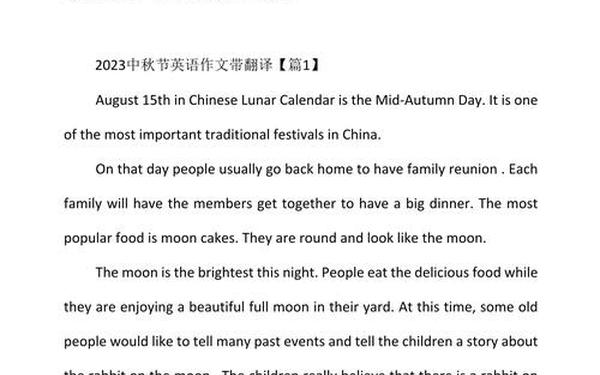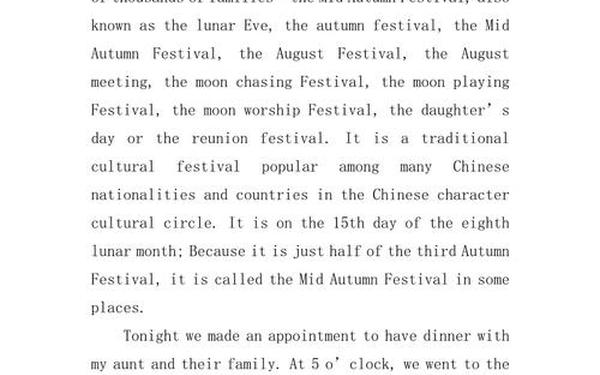Mid-Autumn Festival: A Celebration of Reunion and Tradition
The Mid-Autumn Festival, celebrated on the 15th day of the eighth lunar month, is one of China's most cherished traditional festivals. It symbolizes family reunion, gratitude for harvests, and admiration for the full moon, which represents completeness and harmony in Chinese culture.
1. Cultural Roots and Traditions
The festival's origins date back over 3,000 years, rooted in moon worship and agricultural celebrations. Families gather to share a lavish dinner, often featuring symbolic foods like mooncakes—round pastries filled with lotus seed paste, red bean, or egg yolk, embodying the unity of family . After dinner, people light lanterns (traditionally red and round) and admire the moon, which is believed to be at its brightest and roundest on this night .
A popular legend associated with the festival is Chang'e Flying to the Moon. According to myth, the goddess Chang'e consumed an elixir of immortality and ascended to the moon, where she resides with a jade rabbit. This story adds a touch of magic to the festival, inspiring poetry and art for centuries .
2. Modern Celebrations and Global Influence
While traditions remain central, modern celebrations have evolved. Urban families might host moon-viewing parties on balconies, while children carry LED lanterns shaped like animals or cartoons . In multicultural societies, mooncakes now come in innovative flavors like chocolate, ice cream, or even spicy meat, blending tradition with global tastes .
Technology also plays a role. For those separated by distance, video calls allow "virtual reunions," ensuring that the spirit of togetherness transcends physical boundaries .
3. Personal Reflections
In my family, Mid-Autumn Festival is a time for storytelling. My grandmother recounts tales of her childhood—how she and her siblings would climb hills to watch the moonrise, carrying homemade lanterns. Now, we continue this ritual in our city apartment, substituting hills with a rooftop garden. As we bite into mooncakes, the sweet filling reminds us that despite life's changes, some bonds, like the moon's glow, remain constant.
4. Symbolism and Universal Values

Beyond China, the festival is celebrated in Vietnam, Singapore, and other Asian communities, often with local twists—such as Vietnam’s Tet Trung Thu featuring lion dances . Its universal themes of gratitude, family love, and hope resonate globally, making it a bridge between cultures .
Conclusion
The Mid-Autumn Festival is more than a cultural event; it is a timeless reminder of humanity’s shared values. Whether through ancient legends, moonlit gatherings, or modern innovations, it teaches us to cherish connections—with family, nature, and our heritage. As the saying goes, "Though miles apart, we share the same moon."
参考词汇:

此范文融合了传统习俗、神话故事、个人经历及现代元素,适合作为英语作文参考。如需更多例文或写作技巧,可查阅相关网页 。

